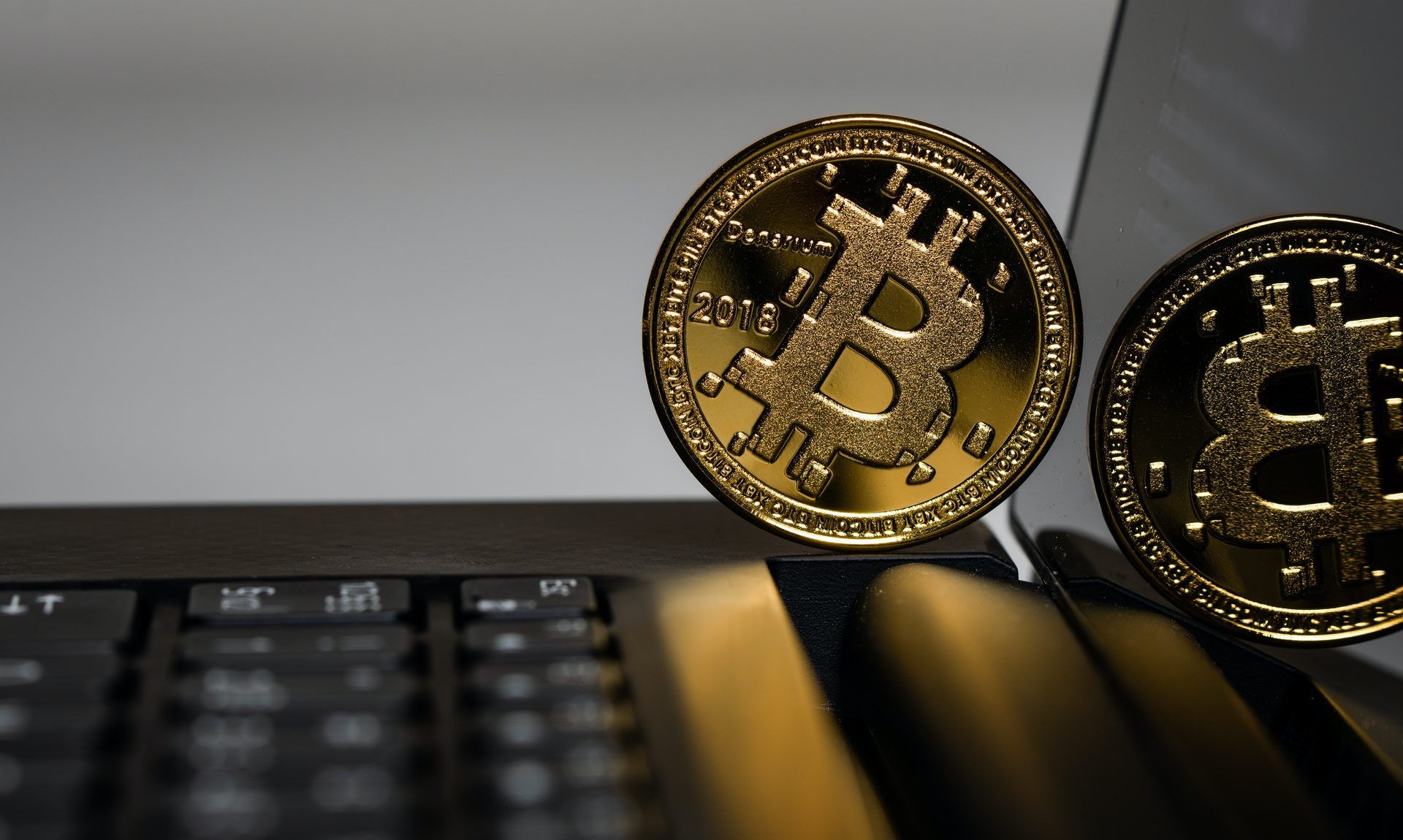
Identity verification is a critical component of managing risk and fraud in the modern digital economy. However, many challenges prevent companies from achieving the necessary level of accuracy and efficiency in their identity verification processes. One such challenge is verifying personal information such as names, addresses, photos, and social media accounts. The reality is that this data is often inaccurate or incomplete which can lead to identity theft and compromised accounts. Fortunately, there’s a solution that solves all these challenges while providing comprehensive coverage across all channels: the identity verification platform.
ID document verification
Identity document verification is the process of confirming the identity of a person by validating the physical characteristics of that person’s identity document. ID document verification is often used in the context of online transactions, where it helps to prevent fraud through impersonation. In this case, talking about verifying that your customer or client has provided you with a valid, genuine copy of their identification (ID) document.
A lot of people don’t realize how important it is to verify an ID card before starting an account opening or financial transaction. For example, You can’t just take someone’s word for it when they say they’re 18 years old—you need proof. By verifying their identity documents and making sure they’re not fake or forged, you’ll help stop criminals from stealing money from banks and other financial institutions.
Biometric verification
Biometric verification is the process of verifying the identity of a person based on physical or behavioral characteristics. In other words, it’s used to confirm that the person who is trying to access a system or resource (e.g., an account) matches up with their claim of being who they say they are.
Biometrics can be used for biometric verification and identification in many ways, including:
Fingerprints: A fingerprint is a mark made by your fingertips, which you leave on everything you touch throughout your day; therefore, it can easily be collected from almost any surface that someone touches. This makes it ideal for use in biometric systems because there’s no need for swiping devices like scanners or cameras—just collect fingerprints whenever necessary.
Voice patterns: Your voice also leaves behind unique sounds every time you speak; therefore, it can also be collected from almost any surface that someone speaks into (such as phones) or breathes into (like microphones).
Address verification
Address verification is a process that helps to verify the identity of a person. The verification is done by cross-checking information about an address with public records including land registry and utility databases. The primary objective of address verification is to reduce fraud during online transactions and improve security. Address verification can also be used as part of other processes, such as background checks or credit checks
Photo ID verification
ID verification is a process that involves asking for proof of identification and verifying the information provided to make sure it matches what you have on file. This can include everything from a photo ID, such as a driver’s license or passport, to facial recognition technology and fingerprint recognition technology. It can also include voice recognition software, retina scan devices, and iris scan devices.
By combining these different types of face-scanning technologies with fingerprinting capabilities and other forms of biometric authentication, companies can ensure they will only allow access when an individual has been verified as being who they say they are.
Conclusion
Identity verification is a complex, but increasingly important process. With the rise of online fraud and identity theft, it’s more important than ever for companies to verify their users’ identities. That said, most companies don’t have the resources to verify their customers manually. Fortunately for them, there are identity verification platforms that can help streamline this process.









